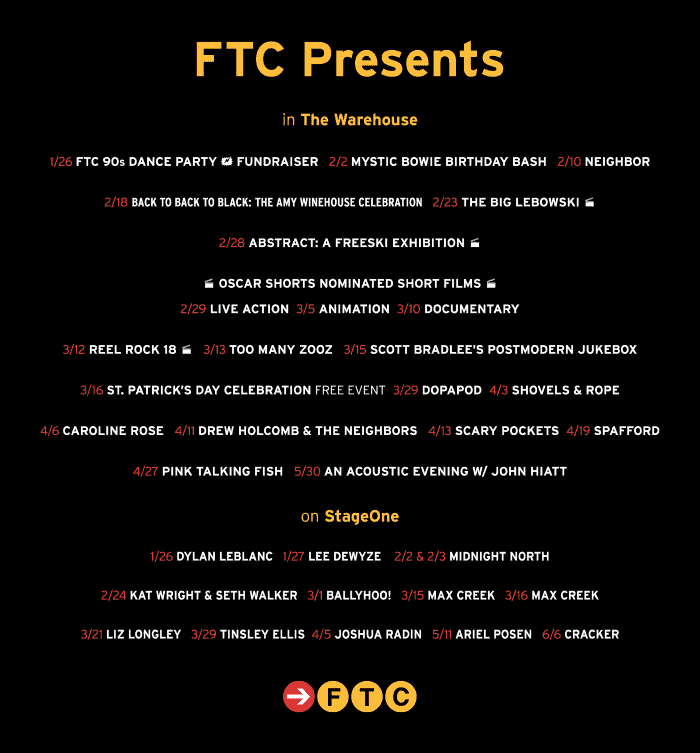With a pit stop at SUNY Purchase College this week, New York Gov. Andrew Cuomo, a Democrat, completed another leg of his unorthodox statewide State of the State tour, criticizing Westchester lawmakers for cumbersome taxes.
On Tuesday, at the college’s Performing Arts Center, Cuomo addressed Westchester County constituents and lawmakers on both the current standing of the state as well as his vision for New York’s future, foregoing a usual singular address to the state’s Legislature for six smaller ones.

Cuomo touted the state’s success in passing marriage equality legislation and paid family leave, and the passage of a bill raising the minimum wage to $15 an hour. Reflection on the state’s significant spending cuts, however, took a front seat in his 45-minute address.
“New York state was spending more money than the people in the state were earning,” said Cuomo, standing in front of a projection showing previous governors’ rates of spending. “Let me say that again; the spending increase in New York was higher than the increase in the wages of the people of the state of New York.”
According to the governor’s office, state spending has fallen to a generational low rate of 1.4 percent of inflation, compared to previous administrations—including that of Cuomo’s father, Mario Cuomo, a Democrat, and Republican George Pataki—which hovered around 6.5 percent.
The governor’s most pointed comments, however, were aimed at local and county-elected officials, who he criticized for levying burdensome property tax rates, which he stated are “killing this state.”
To mend the growing strain the state’s property tax—the highest in the country, with Westchester County being the epicenter—has put on residents, Cuomo said it’s incumbent, not on the Legislature, but regional governments, to work together to bring costs down.
“You pay high taxes, don’t be mad at me. I’m only the little yellow bar,” Cuomo said pointing to a bar showing the disparity between the median state income tax and local property taxes; $1,800 to $4,700, respectively.
To reel in costs, Cuomo announced an initiative that would require every county outside of New York City to prepare a plan to help “streamline” government and cut waste.
That plan, according to the governor’s synopsis, would be prepared by each county’s chief executive and would then be subject to public hearings, critiques from the county’s legislative body and local lawmakers, and ultimately a ballot vote by public referendum that would sign the plan into action.
According to a statement from Cuomo’s office, the plan would need to “demonstrate real, recurring savings in costs and not simply shift burdens to other taxpayers.”
“These 425 local governments in [Westchester] county very rarely come together, sit together, plan together, cooperate together, and find out how to save money,” Cuomo said, prefacing his initiative.
Though Cuomo has positioned the plan as a way of bringing voters and lawmakers together to cut costs, not all elected officials in attendance agreed with his characterization of their legislative processes.
Town of Mamaroneck Supervisor Nancy Seligson, a Democrat, who attended Cuomo’s address, said Cuomo’s portrayal of fractious or withdrawn government operations was inaccurate.
Seligson said local and county officials already hold a large number of events that aim to bring lawmakers together, including a monthly dinner organized by the Westchester Municipal Officials Association—which consists of 45 towns, villages, and cities countywide—where members discuss areas of mutual concern.
Likewise, Chairman of the Westchester County Board of Legislators Michael Kaplowitz, a Yorktown Democrat who was also in attendance for Cuomo’s address, said the address to local lawmakers was “unproductive.”
“The state creates many of the problems we face,” Kaplowitz told the Review. “A huge percentage of our budget is mandated, we don’t have the opportunity to control those costs.”
Currently, 75 percent of the county’s budget comes from mandates from both the federal and state governments, the most substantial of which is the county’s contributions to Medicaid costs.
Already, Westchester County Executive Rob Astorino, a Republican, who stated that he did not receive an invitation to the governor’s address, has criticized Cuomo’s claim that county officials are responsible for ballooning property tax rates.
“Mr. Cuomo blatantly suggested that my administration is responsible for state-driven property tax hikes,” said Astorino in a statement following the speech. “I would remind the governor that I have never once raised the county tax levy—not for seven straight years—while Mr. Cuomo’s state mandates have ravaged county, municipal and school budgets.”
In 2014, Astorino ran against Cuomo in a bid for governor but lost by a substantial margin. Pundits believe Astorino is again mulling another gubernatorial run in 2018.
After press time, Cuomo will complete the final leg of his six-event statewide tour, making stops in Long Island, Syracuse, and a penultimate address in Albany.








